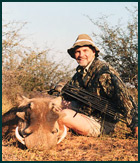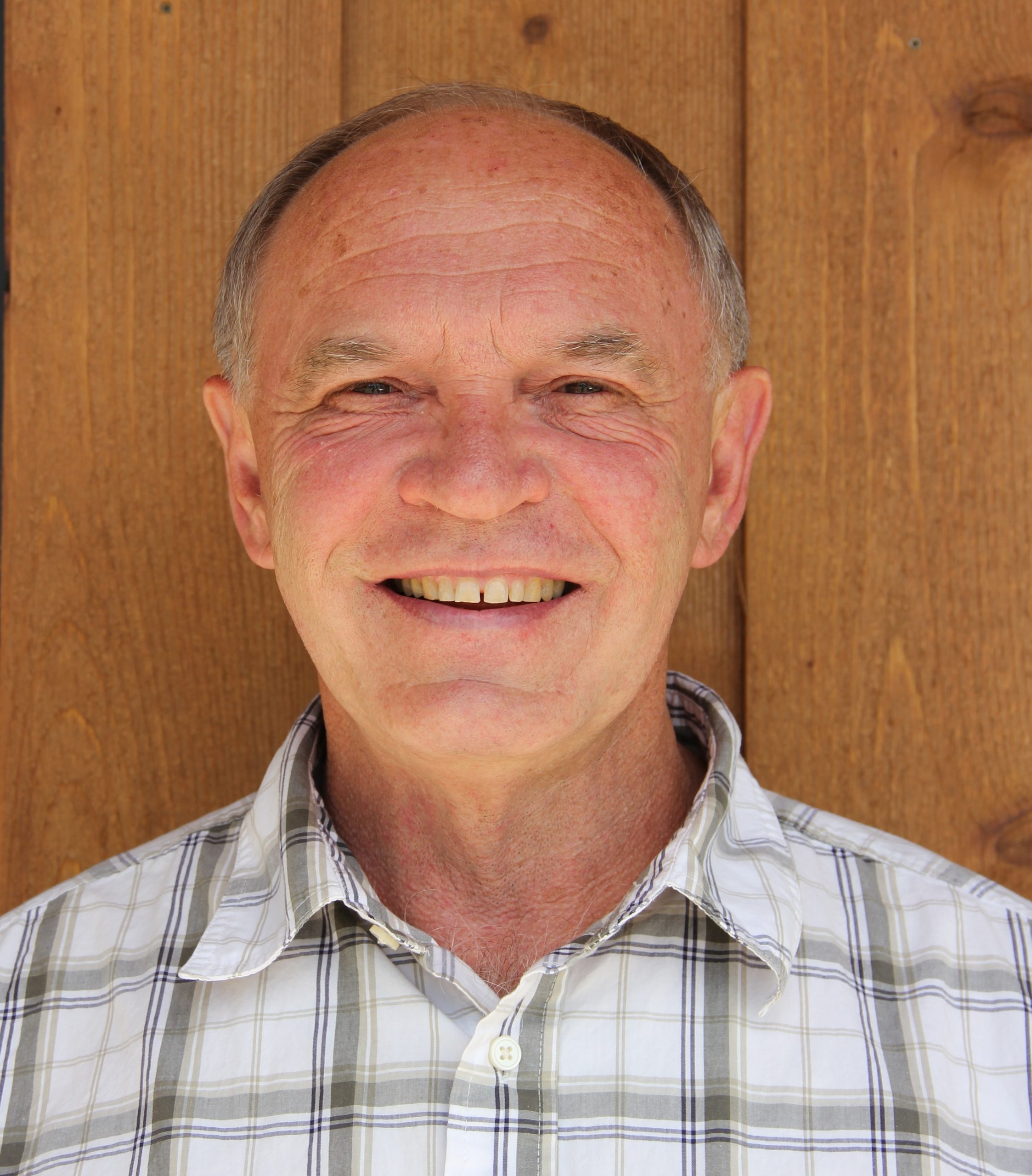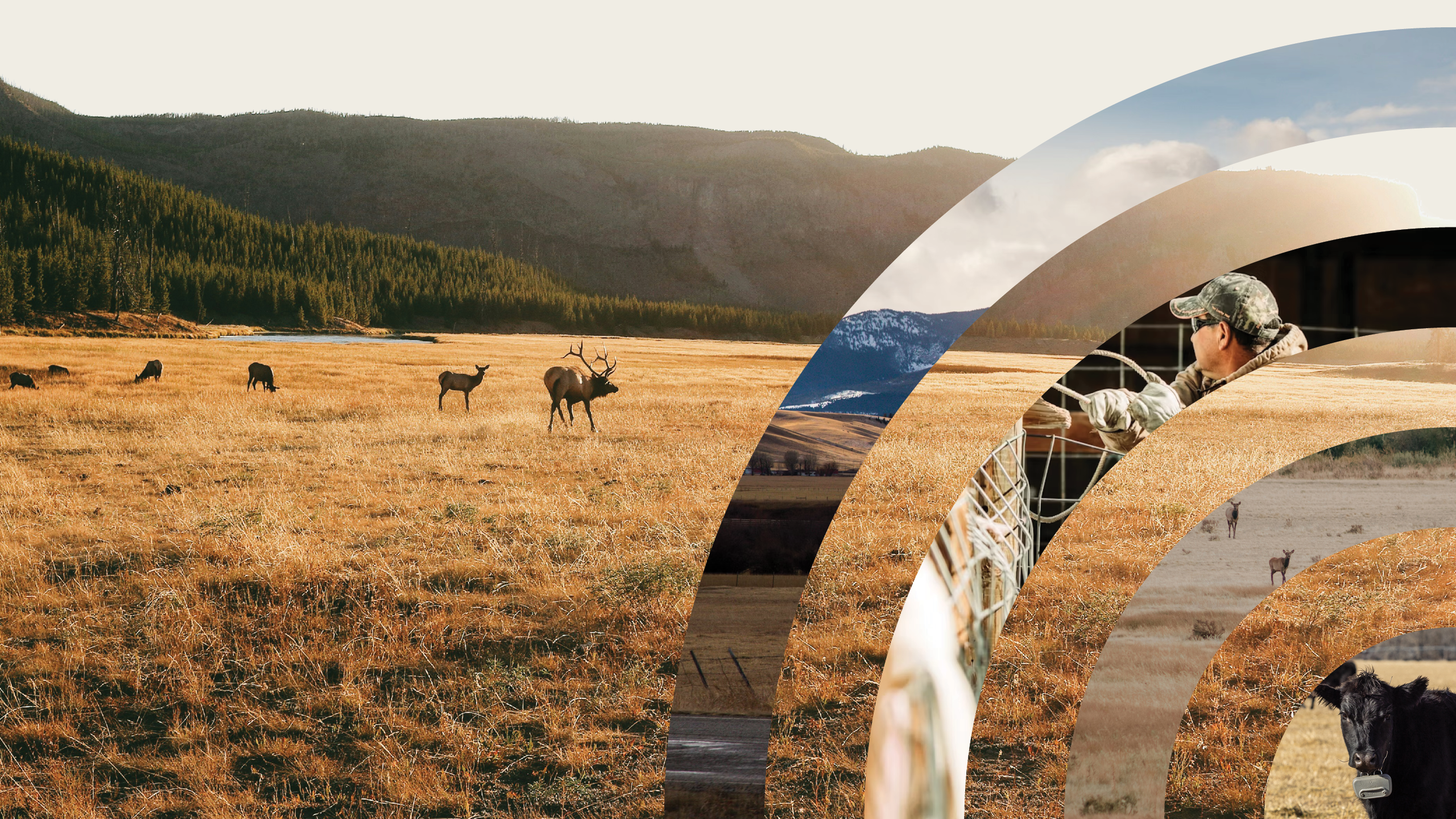
Why my passion for Africa? Anyone who knows how much I love archery hunting will know that this is a driving force. Trophies killed with a bow include everything from a warthog to a kudu to a Cape buffalo. The adrenaline rush after waiting for the right animal to cautiously approach the water hole where you have been sitting in a blind for eight hours or after stalking within 30 yards of a Cape buffalo is indescribable.
I also hunt in North America, but the African experience is different. In Africa I never wonder whether I will see abundant amounts of game or birds. I never worry whether someone else will blunder into my hunting territory and spoil my stalk. I see few signs of modern life other than the lodge where I stay.
The reasons for the differences can be captured in two words: property rights. Although property rights in Africa are generally more tenuous than in the United States, property rights to wildlands and wildlife, especially in southern Africa, are strong. In South Africa, for example, once private land is game-fenced (that is, enclosed by 10-foothigh fences with 12 strands of high-tensile wire), the animals within the fence are the property of the landowners. Hence, landowners have an incentive to manage the wild animals as they might their cattle, paying close attention to carrying capacity, habitat, and water. This stands in sharp contrast to the United States where landowners cannot capture the benefits of wildlife and consider it more of a nuisance than an asset.
Even where African animals are not privately owned, hunting and tourism concessions are secure enough to give owners an incentive to capitalize on wildlife values. George Hughes, former chief executive of the Natal Parks Board in South Africa, has described how the parks board evolved from a “traditional nature conservation organization . . . to a modern body dedicated to making biodiversity relevant to all sectors of society” (Hughes 2001, 40). Parks in Natal earn revenues from selling their rare white rhinoceros to other parks, from ecotourism, and from hunting. In the words of free market environmentalism, “if it pays, it stays.”
Contrast national park management in southern Africa and in the United States. In researching an upcoming trip to Marakele National Park, I found the South Africa National Parks (SANParks) Web site, which documented a contractual agreement with a neighboring land. The neighboring area was former ranchland undergoing rehabilitation, with the goal of providing wildlife lodges. Although SANParks guests would not be able to enter the contractual area, the site notes that “the real benefits lie in the biodiversity benefits from being part of a larger conservation area” (SANParks 2004).
In contrast, private lands within or on the border of federal lands in the United States are considered a problem rather than an opportunity. For example, the Mantle Ranch is a private holding within the borders of Dinosaur National Monument in Colorado that has been a working cattle operation for four generations. In congressional testimony, rancher RenŽe Daniels-Mantle (2001) noted that “not only does the ranch possess incredible beauty, it boasts one of the largest collections of privately owned petroglyphs in the United States.” Although the Mantle family has protected the range for cattle, wildlife, and the historic assets, the park service is trying to regulate it out of existence and periodically threatens to condemn it.
Property rights are not always secure in southern Africa, however. President Robert Mugabe’s tyranny in Zimbabwe, which has destroyed the country’s economy, is also destroying its wildlife assets. On the private Bubiana Conservancy, 20,000 trees have been felled, 22 buildings razed, staff assaulted, and 50 percent of the wildlife killed. Twenty-seven ranches in one region reported 2,761 animals killed and 26,292 snares collected. The value of animals lost is put at $1.5 million. Civil wars in Mozambique, Rwanda, and Angola have had similar results.
In a recently published book from the Hoover Institution, PERC Julian Simon Fellow Seth Norton (2004) documents the importance of secure property rights and the rule of law to environmental quality. He finds that countries with stable legal and economic institutions are more likely to have less poverty, cleaner water, and less deforestation. My experiences in Africa show that private ownership and a focus on rewarding good stewardship are the key to protecting wildlife habitat and wildlife populations. Policy makers in the United States would be well-served to take a page from southern African institutions.
REFERENCES
Daniels-Mantle, RenŽe. 2001. Testimony, House Resources Committee, U.S. Capitol, Washington, D.C. June 20. Available: www.landrights.org/OCS/HR701_Daniels_Mantle.htm.
Hughes, George. 2001. The Natal Parks Board Experience in South Africa. In The Politics and Economics of Park Management, ed. Terry L. Anderson and Alexander James. Rowman & Littlefield Publishers, 31Ð41.
Norton, Seth. 2004. Population Growth, Economic Freedom, and the Rule of Law. In You Have to Admit It’s Getting Better, ed. Terry L. Anderson. Stanford, CA: Hoover Institution, 143Ð72.
SANParks. 2004. Marakele National Park. Online: www.parkssa. co.za/frames.asp?mainurl=parks/national_parks.html
Terry L. Anderson is executive director of PERC and a senior fellow at the Hoover Institution..



